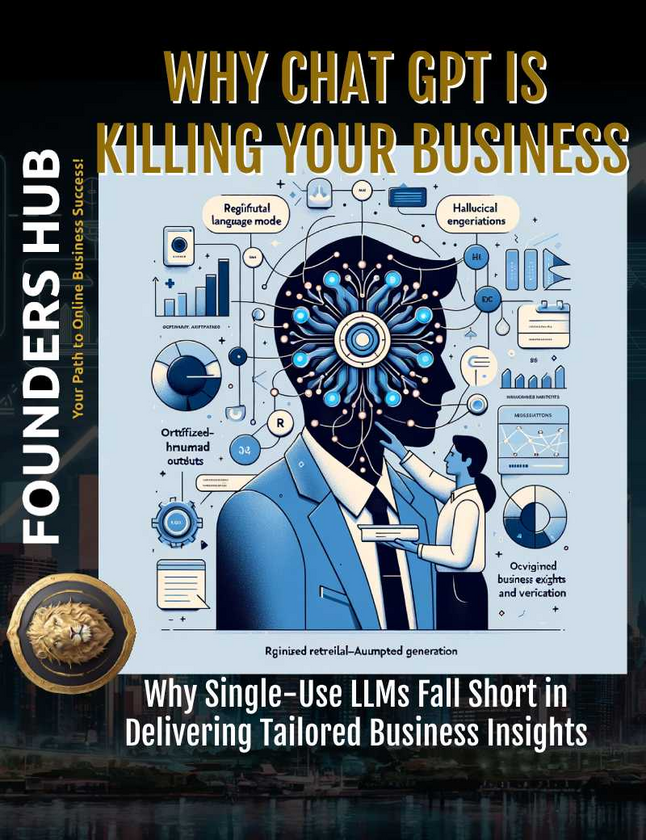In the crowded landscape of web browsers, Comet stands out as the next evolution—an AI-native browser built by Perplexity that reimagines what it means to browse the internet. Unlike conventional browsers that simply help you navigate tabs and bookmarks, Comet brings true intelligence and functionality through deeply integrated AI-powered functions, changing passive browsing into active problem solving and productivity.
1. Native AI Integration: The Heart of Comet
Comet’s core architecture is built on the Chromium framework, ensuring speed and compatibility familiar to Chrome users, while transforming every aspect of browser interaction with artificial intelligence. Instead of AI being an optional add-on, every session and workflow includes native AI capabilities: Perplexity’s advanced models (Sonar, R1) and top external language models (GPT-5, Claude 4, Gemini Pro) are woven directly into the browser’s fabric.
AI-generated answers: Comet uses Perplexity as its default search engine, delivering synthesized answers to your natural language queries inside the browser—no more clicking through endless search results.
Contextual AI assistant: Summarizes page content, answers questions, explains difficult concepts, and keeps you focused while you browse, learn, and work.
Real-time task execution: Ask Comet to research, compare, and even initiate actions (like booking flights or making purchases), while you supervise the outcome.
Grab your Free Copy of the Comet Web Browser with AI built in
2. Automated Browser Workflows
Comet Assistant isn’t just a chatbot—it’s an embedded agent capable of automating and executing complex workflows:
Manage tabs and distractions: Automatically organize your tabs by category, close distractions, and consolidate research streams into easy workspaces.
Summarize emails and calendar events: Stay on top of communication without reading everything manually—Comet scans your inbox and events, surfacing the most important details.
Navigate and interact with websites: Complete forms, perform multi-step searches, and even shop or book travel just by telling Comet what you need—it carries out the process, saving you time and energy.
Interpret direct natural language commands: Get answers to research queries, compare product and travel options, or execute workflow tasks simply by typing requests in plain English.
3. Use Cases: How Comet Changes the Game
Comet isn’t just about browsing smarter—it’s about elevating everything you do online. Real-world use cases include:
Intelligent Research: Instantly summarize articles, compare viewpoints, and bring together insights from multiple sources in seconds.
Project & Learning Assistant: Create study plans from syllabuses, explain technical topics, or act as a context-sensitive tutor who adapts explanations to your current reading level.
Email and Calendar Management: Automate replies, scheduling, and information extraction from large volumes of messages.
Shopping and Booking: Compare products, pull details from merchants, and automate purchases or bookings—all with a single request.
Legal and Content Discovery: Locate hidden documents, find specific legislation, and receive context-aware recommendations relevant to your work session.
Personal Organization: Workspace model allows handling multiple research threads, active projects, or comparison tasks without drowning in tabs.
Developer Opportunities: Native AI API gives developers a canvas for intelligent web apps that leverage Comet’s automation for richer, smarter experiences.
Grab your Free Copy of the Comet Web Browser with AI built in
4. Privacy, Safety & Performance
Privacy-focused: Comet applies strong privacy protections for query analysis and browsing patterns, keeping sensitive information secure while enabling useful AI assistance.
Hybrid processing: Local page rendering for speed, with cloud AI capabilities for heavy lifting—delivering both responsiveness and scalability.
Available to all: Free for basic users with advanced features for subscribers, and easy installation across platforms.
5. Why Download and Use Comet Browser?
Supercharges productivity: Transforms research, learning, shopping, personal organization, and multitasking with instant, intelligent automation.
Reduces friction: Moves you from manual browsing to assisted cognition—every task gets easier, every result more relevant, and every session more focused.
Adapts to your needs: Whether you’re a developer, professional, student, or everyday user, Comet’s flexible architecture supports everything from casual browsing to heavy multitasking.
Personalized AI experience: The more you use Comet, the smarter and more indispensable it becomes, learning how you think and what helps you most.
In summary:
Comet Browser is the front-runner in the next generation of AI-powered web browsers. It’s more than a tool—it’s a personal assistant, a researcher, a teacher, an organizer, and a workflow engine, all built into your browser window. If you’re ready to take your internet experience from passive navigation to active cognition and genuine productivity, Comet deserves to be your new browser of choice.
Grab your Free Copy of the Comet Web Browser with AI built in



















